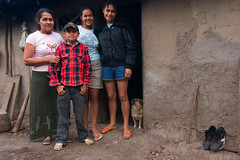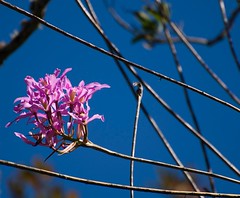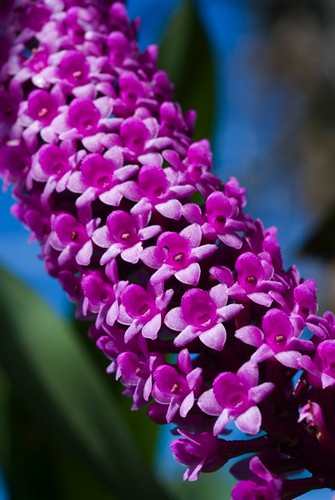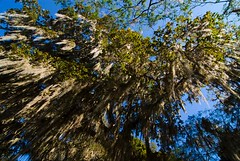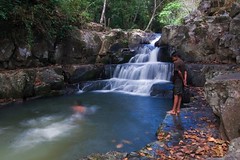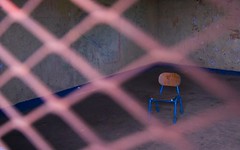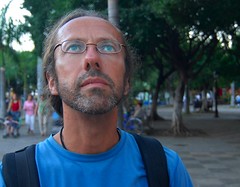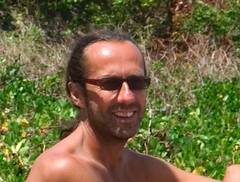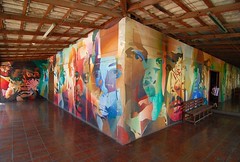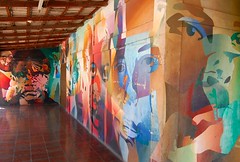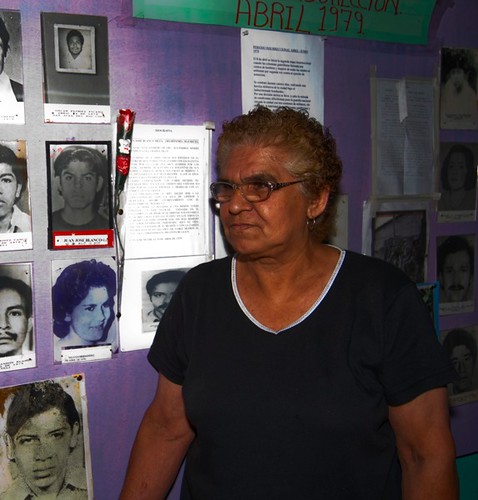Our early morning rickety charge from Miraflor along a winding dirt road in an old US school bus dropped us back down into Estelli in a bone-shattering, buttock-quivering, knee-crunching 2 hours.
After a quick shower, breakfast and an excellent tour of the cigar factory, we grabbed lunch in the mercado and headed over to Monte Sinai. This is a two-year old housing scheme on a dry, dusty hill overlooking Esteli. Rows of simple, one-room, concrete and tin-roofed buildings line dusty, gravel roads. Not the typical tourist destination but very important to us living in Walkley. The barrio is twinned with Freedom Road in Walkley, part of the larger Sheffield-Esteli town winning scheme. People from both have sent each other letters and held street parties on the same day of the year.
Photos of Monte Sinai and its residents are here on my flickr photostream -
http://www.flickr.com/photos/billbevan/sets/72157604098032835/
We visited armed with a copy of a small book of letters from residents of Monte Sinai to Freedom Road which had the names of the letter writers. Within minutes we were talking to one inhabitant and introduced to one of the letter writers who was delightfully amazed to see us and the book! We walked around looking for others on her directions and soon found Heydi and Oscar, two more writers and leading members of the local community. Georgia had a long talk with them, while I took photos of kids playing football and the family goats out on the dirt roads.
The houses were built by a scheme to improve housing. Though simple and stark compared to what we are used to in the UK, they are an improvement on the wood shacks below the hill. They are secure and the walls are not full of gaps. Each has a roofed terrace and a garden. Different people have improved the basic houses over time, some planting colourful gardens, some extending by walling in the terraces. Others have outside living rooms on the terraces. Inside the original buildings there are one or two rooms, either a bedroom/living room and separate kitchen or everything in the single room. Space is cramped and there s no privacy. Still, some people have TVs and DVD players.
Two things strike me the most -
The intention to build on what they have and to improve their homes as and when money becomes available.
How important the street twinning has been to building community identity and pride. The exchanges of letters have meant much as people have had the opportunities to tell people abroad of their lives.
Postcard from ‘democracy’
1 year ago

